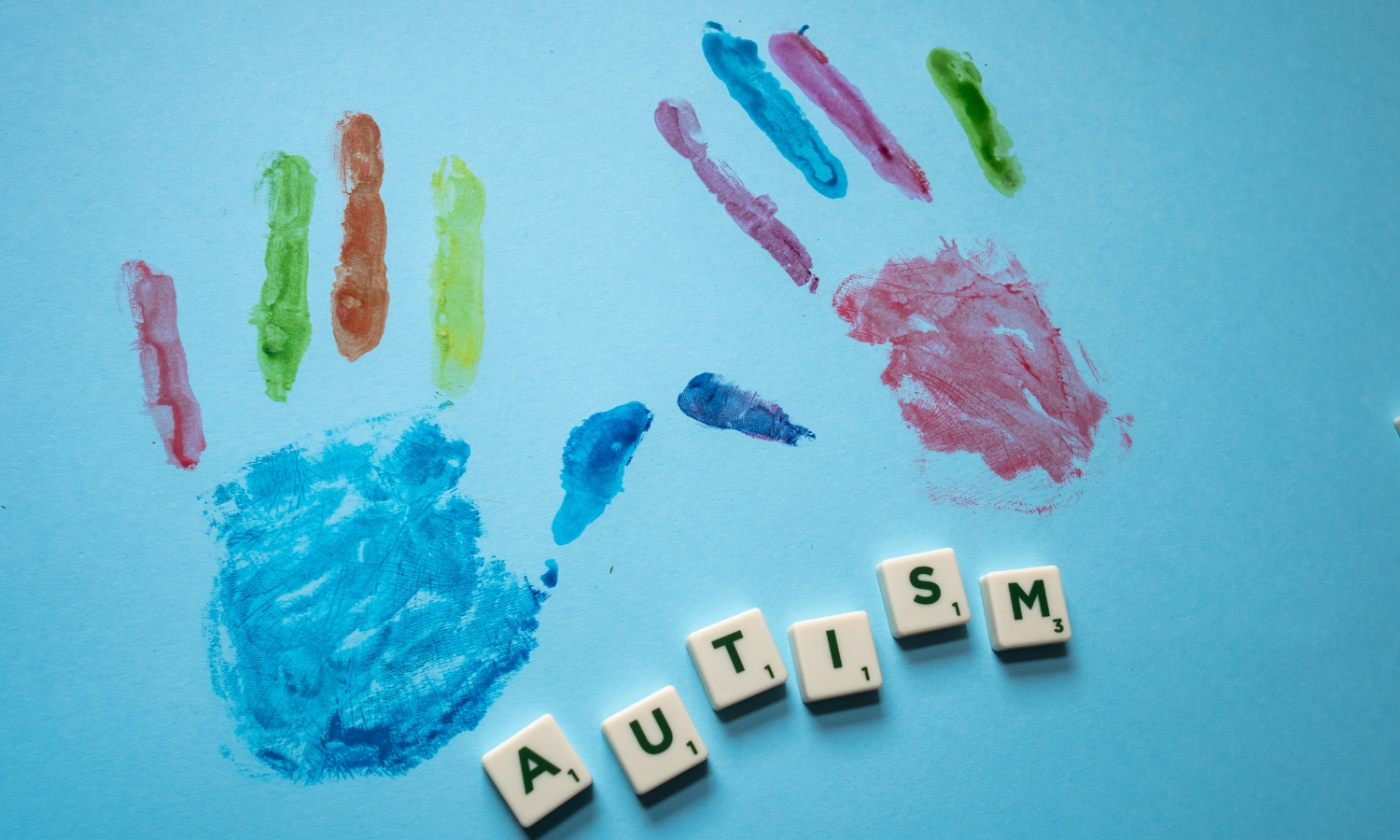Today, we’re talking about Autism Spectrum Disorder, or ASD for short. Understanding ASD is essential, whether you’re a parent, teacher, or just someone interested in learning more. In this article, we’ll cover what ASD is, what causes it, how it’s diagnosed, and what treatments are available.
What is Autism Spectrum Disorder (ASD)?
ASD is a condition that affects how a person interacts with the world around them. The doctors have a book called the DSM-5 that lays out what to look for to diagnose ASD. Two main areas show signs:
- Social Communication and Interaction: Here, a person might have trouble with things like talking to people, making eye contact, or understanding facial expressions.
- Restricted, Repetitive Behaviors and Interests: In this area, someone might do the same thing over and over again or be really, really interested in just one or two topics.
When we say “spectrum,” we mean that ASD affects different people in different ways. Some people might have mild symptoms, while others might have more severe challenges.
Causes and Risk Factors
The causes of Autism Spectrum Disorder are still not entirely understood, but ongoing research suggests it’s a combination of several factors. These are some of the primary factors thought to contribute to the risk of developing ASD:
Genetic Predispositions
While no single “autism gene” has been discovered, research shows that families with one child with ASD are at a higher risk of having another child with the condition. Genetic mutations and abnormalities in several genes are often seen in individuals with ASD. However, genetics alone can’t explain all cases, pointing to a more complex interaction between genes and the environment.
Environmental Factors
Some studies suggest that factors like exposure to certain chemicals during pregnancy, or experiencing high levels of stress, could potentially contribute to ASD. However, these are areas of active investigation, and nothing is definitive yet.
Parental Age at Time of Conception
Some research has shown a link between older parental age, particularly the age of the mother, and a higher risk of a child being born with ASD. While this is a point of active research, it’s important to note that most children of older parents do not develop ASD.
Preterm Birth
Being born prematurely, specifically before 26 weeks of gestation, has also been identified as a risk factor for ASD. Early birth can lead to various complications, including developmental issues that might contribute to ASD symptoms.
Low Birth Weight
Low birth weight has been correlated with a higher incidence of ASD, although the direct link is still not fully understood. Like preterm birth, low birth weight can lead to other complications that could possibly contribute to ASD.
Current Research and Hypotheses
With advances in medical research, several new hypotheses are being explored:
- The role of the microbiome: Some researchers are looking into how gut bacteria might affect brain development.
- Immune system factors: There is ongoing research to determine whether immune system abnormalities might play a role in ASD.
- Neurological development: Studies are looking into how the brain develops in the womb and early childhood to better understand the origins of ASD.

Treatment and Interventions for ASD
When it comes to treating Autism Spectrum Disorder, one thing becomes abundantly clear: there’s no “one-size-fits-all” solution. Each individual with ASD is unique, and what works for one person might not work for another. That said, there are several approaches commonly used to help manage the symptoms and challenges associated with ASD.
Overview of Why There is No “One-Size-Fits-All” Treatment
Because ASD is a spectrum disorder, each individual will have their own unique set of challenges and strengths. Some might have difficulties with social interactions but excel in academic subjects, while others might struggle with day-to-day activities. This diversity necessitates a personalized approach to treatment.
Behavioral Therapies
One of the most common types of intervention is behavioral therapy. These therapies aim to reinforce positive behaviors and minimize harmful or disruptive behaviors. Techniques can include reward systems, visual aids, and structured environments to help individuals with ASD understand and navigate social situations better.
Applied Behavior Analysis (ABA)
ABA is a widely-used behavioral therapy. It involves breaking down desired behaviors into smaller, learnable steps and rewarding positive behavior. ABA has been shown to be particularly effective in teaching social skills, reducing problem behavior, and improving academic performance.
Speech and Occupational Therapy
Speech therapy helps improve communication skills, while occupational therapy aims to improve the motor skills needed for everyday living, like dressing, eating, and handwriting.
Medication Options
While there’s no medication that treats ASD directly, medications like antipsychotics or antidepressants can help manage associated symptoms like irritability or aggression.
Social Skills Training
This involves structured learning of social norms and behaviors, often done in a group setting. For example, a child may be taught how to initiate and sustain conversations or how to interpret facial expressions.
Parent-Involved Interventions
Parents play a crucial role in any treatment plan. They can reinforce behavioral therapies at home, be involved in social skills training, and even administer some forms of therapy themselves under professional guidance.
Importance of Personalized Treatment Plans
It’s crucial to work with healthcare providers to tailor a treatment plan that meets the individual’s unique needs and circumstances. This could involve a combination of therapies, medication, and educational interventions, adjusted over time as needs and situations change.
Conclusion
At Genome Health Solutions, we know the field of ASD research is continually evolving, and each new study brings us closer to understanding this complex condition. Public discourse and personal experiences also contribute to this growing body of knowledge. Therefore, it’s important that we keep the conversation going—whether you’re a healthcare provider, a parent, an educator, or someone who is neurodiverse, your voice matters.
Let’s keep pushing for more research, better interventions, and a society that’s inclusive and accepting of everyone, including those on the autism spectrum.

